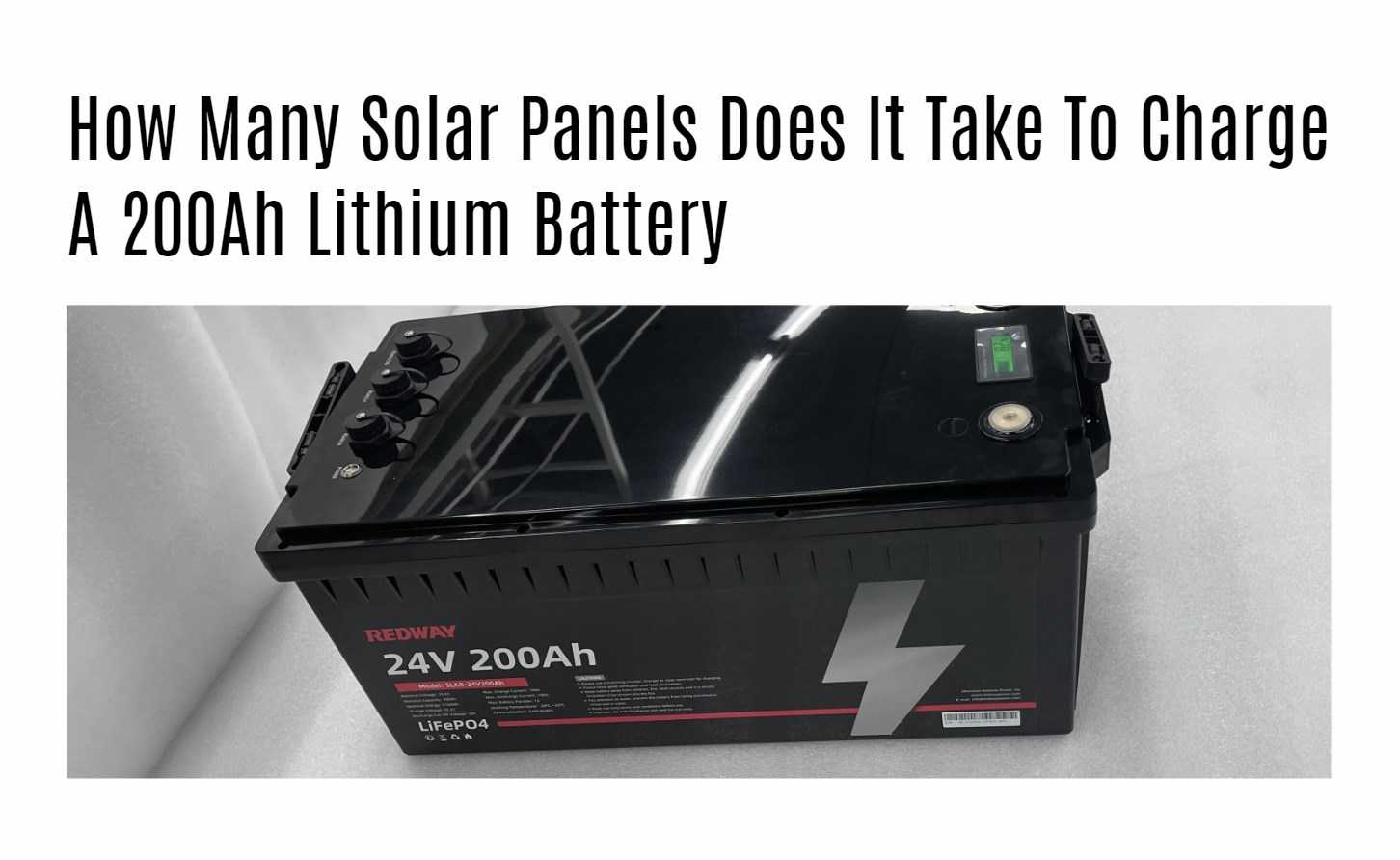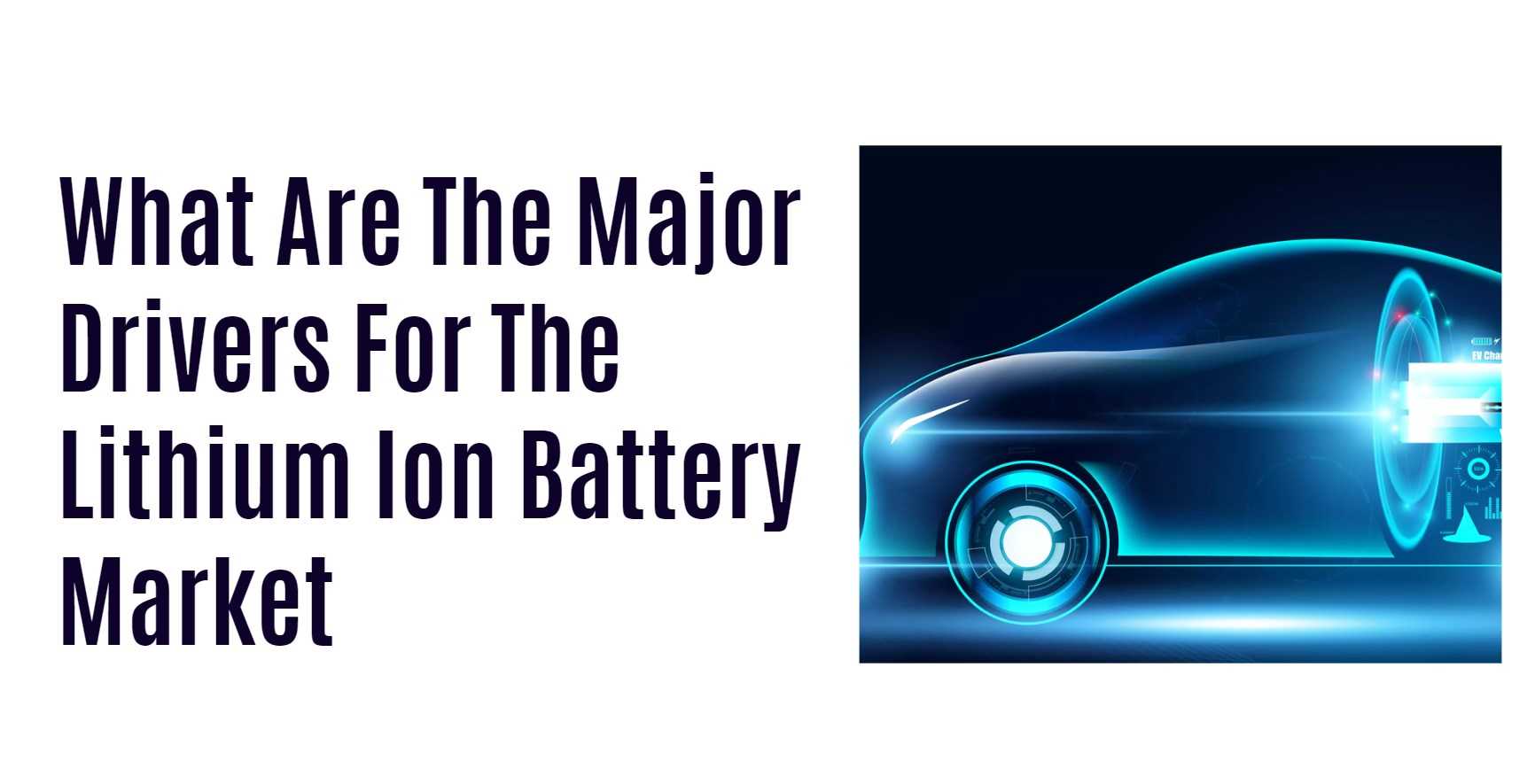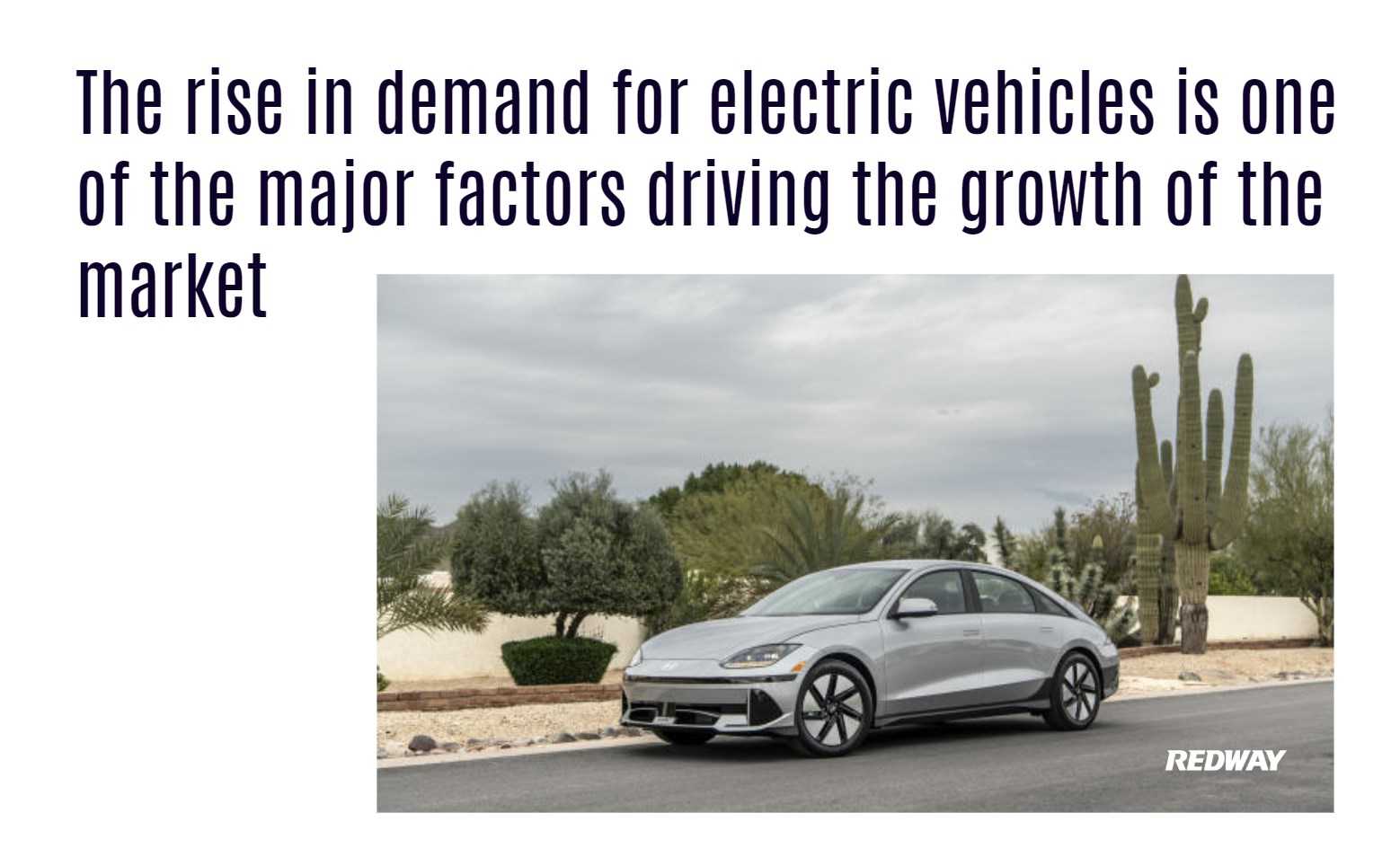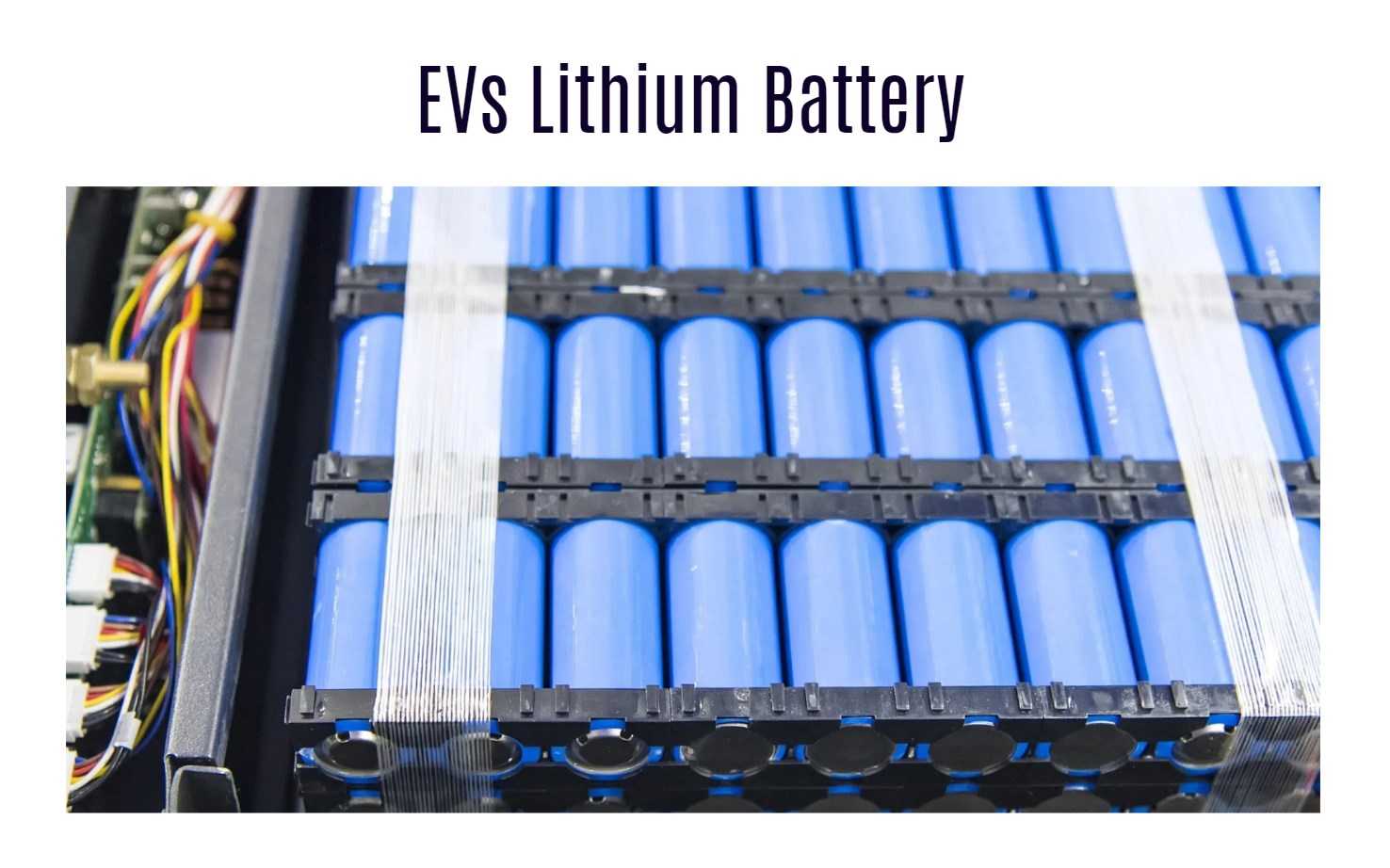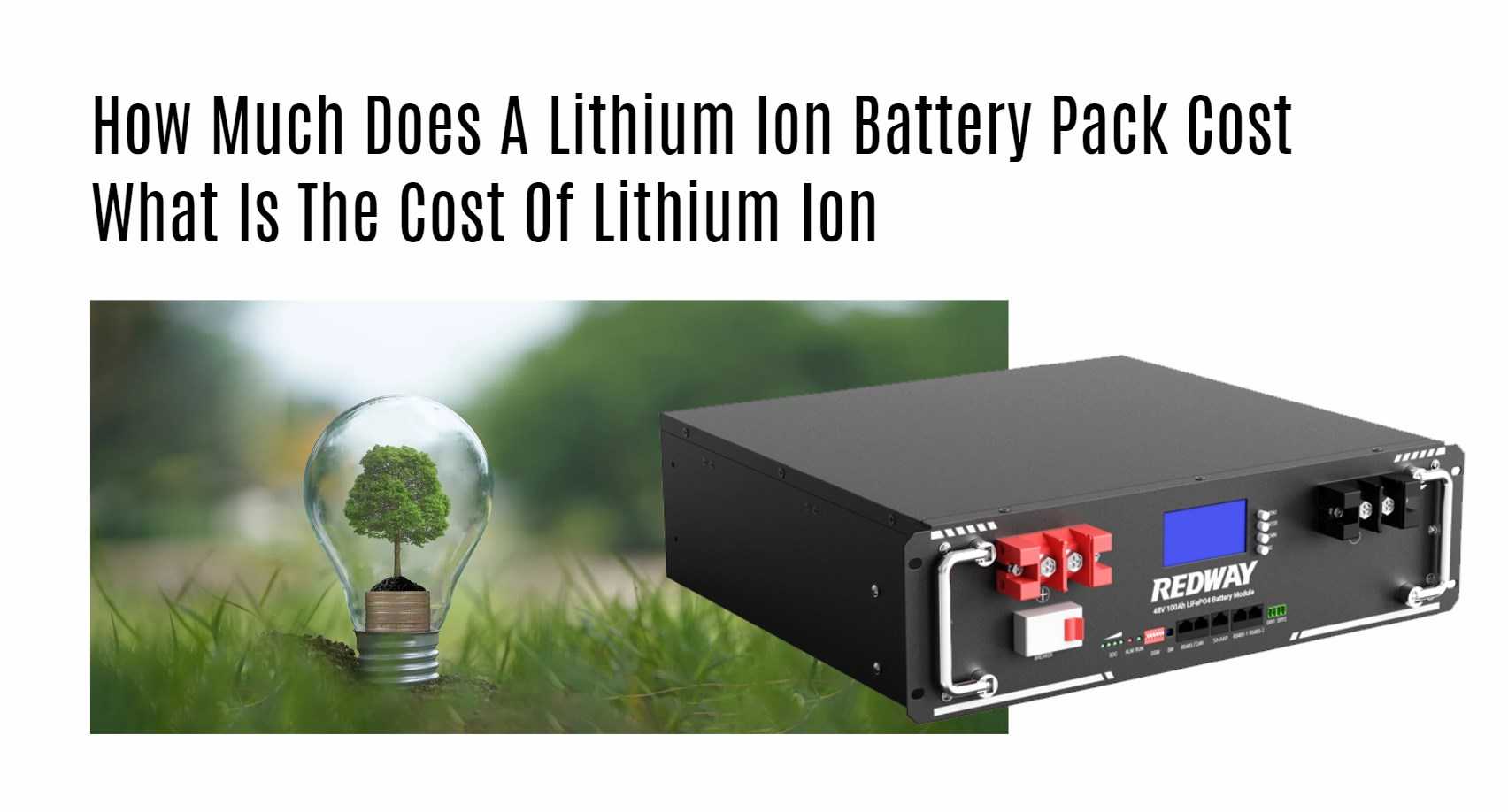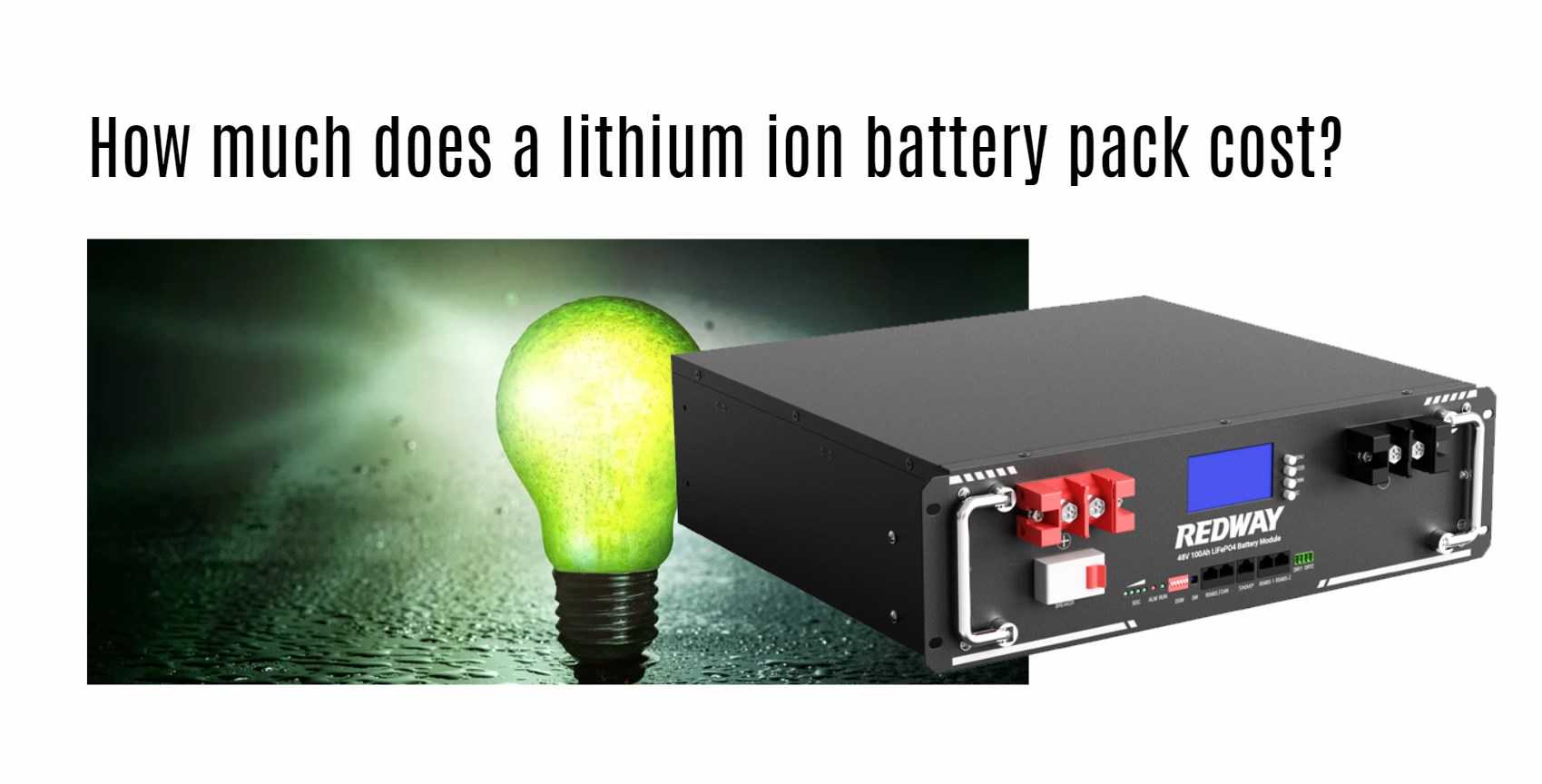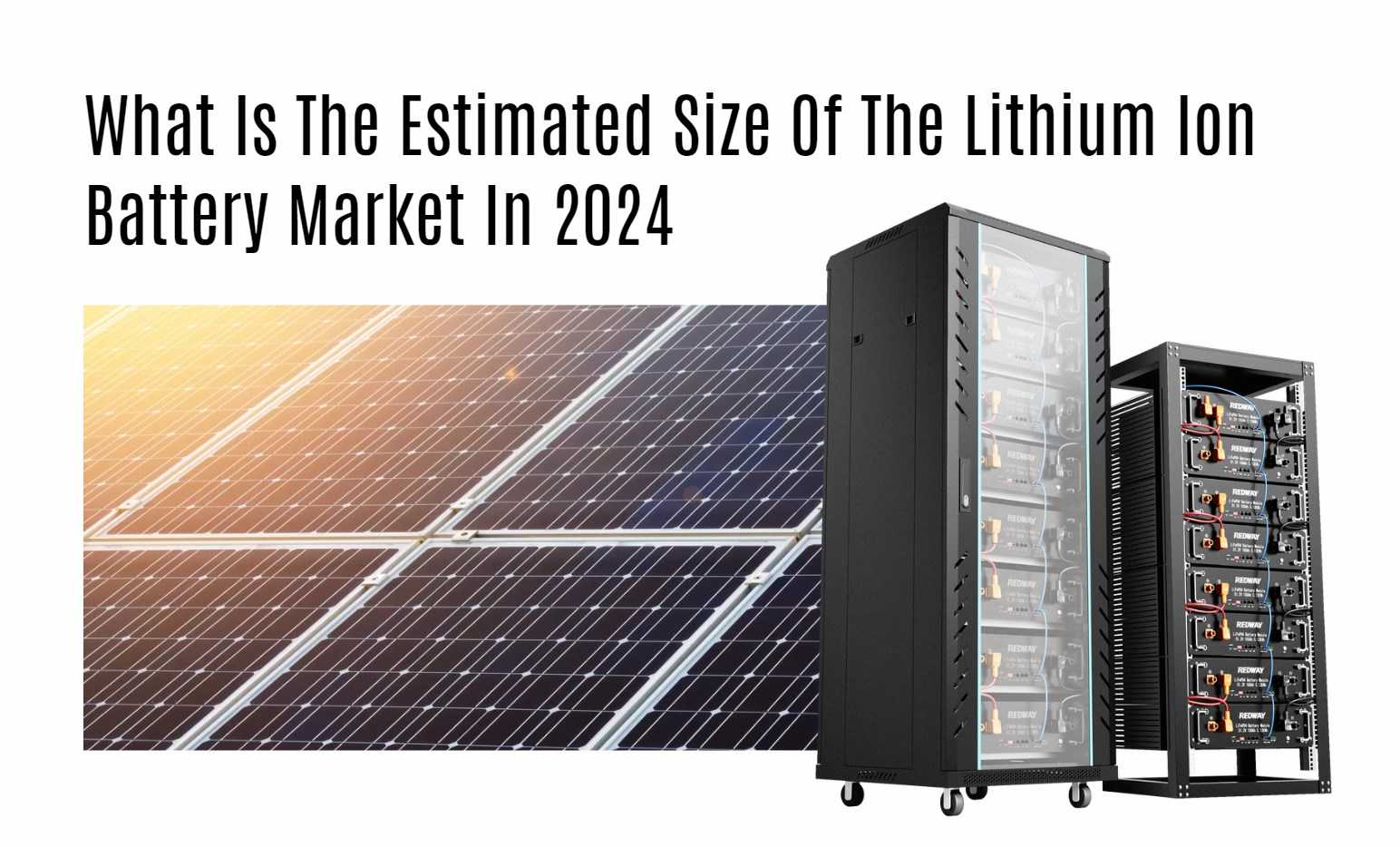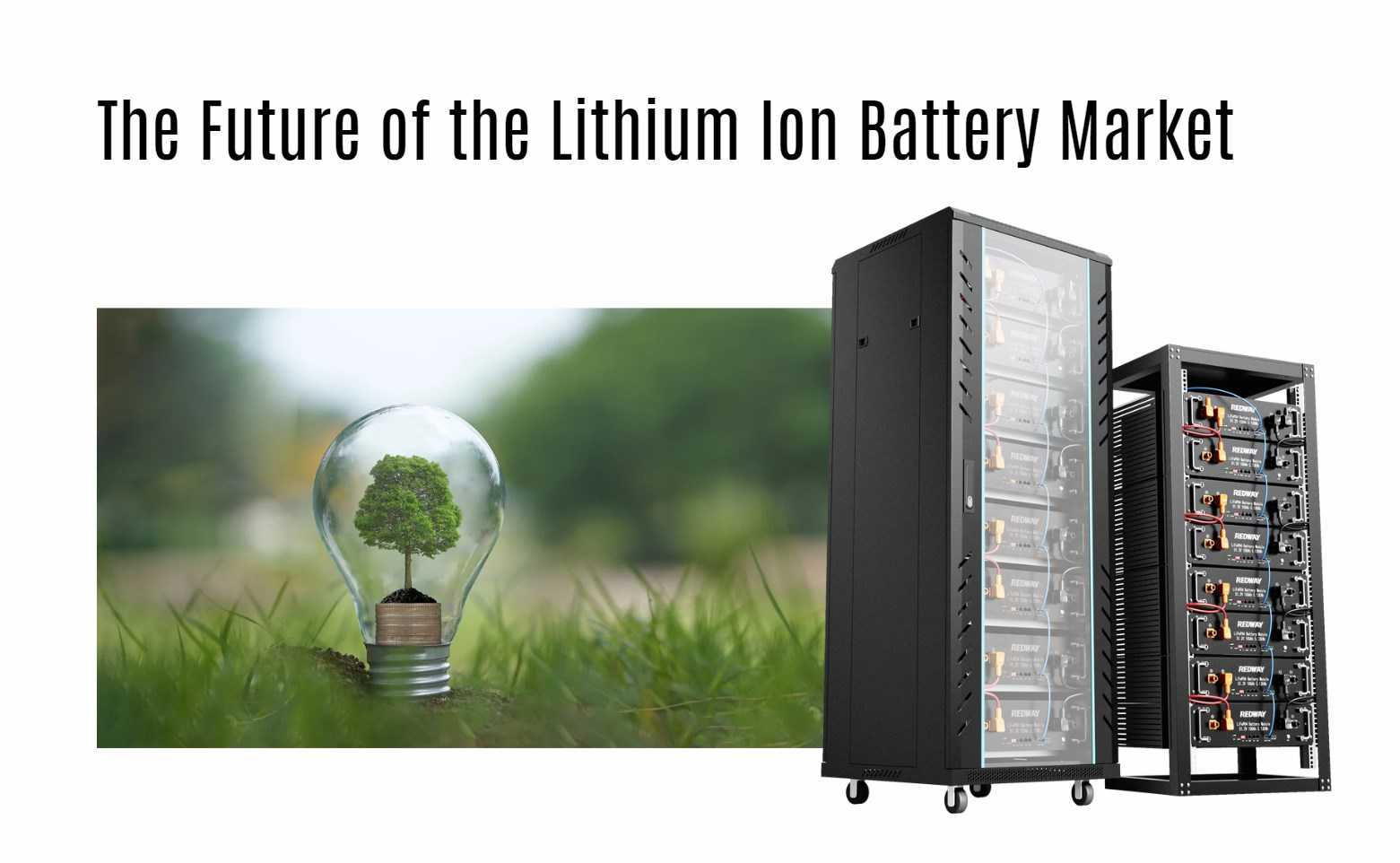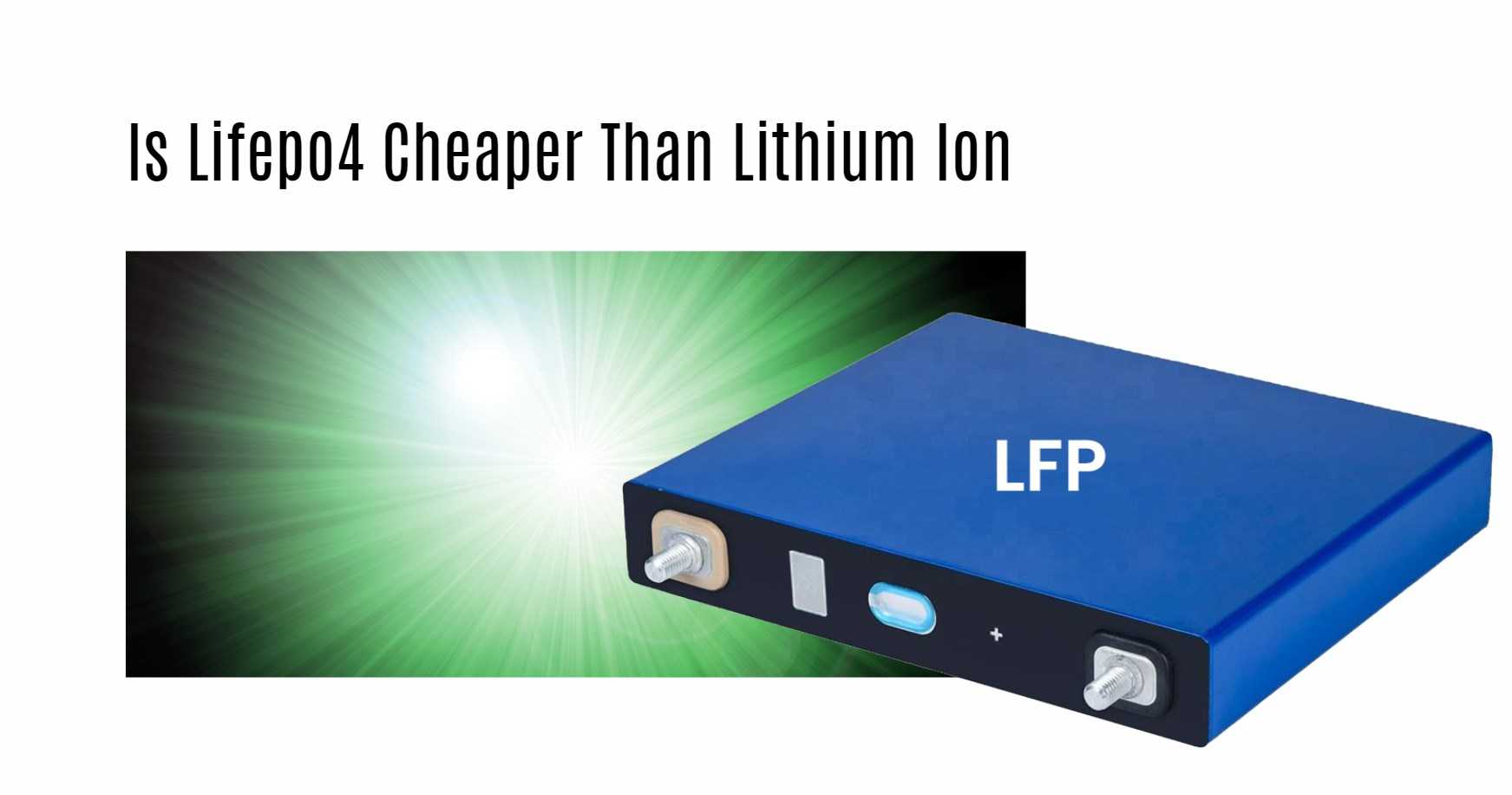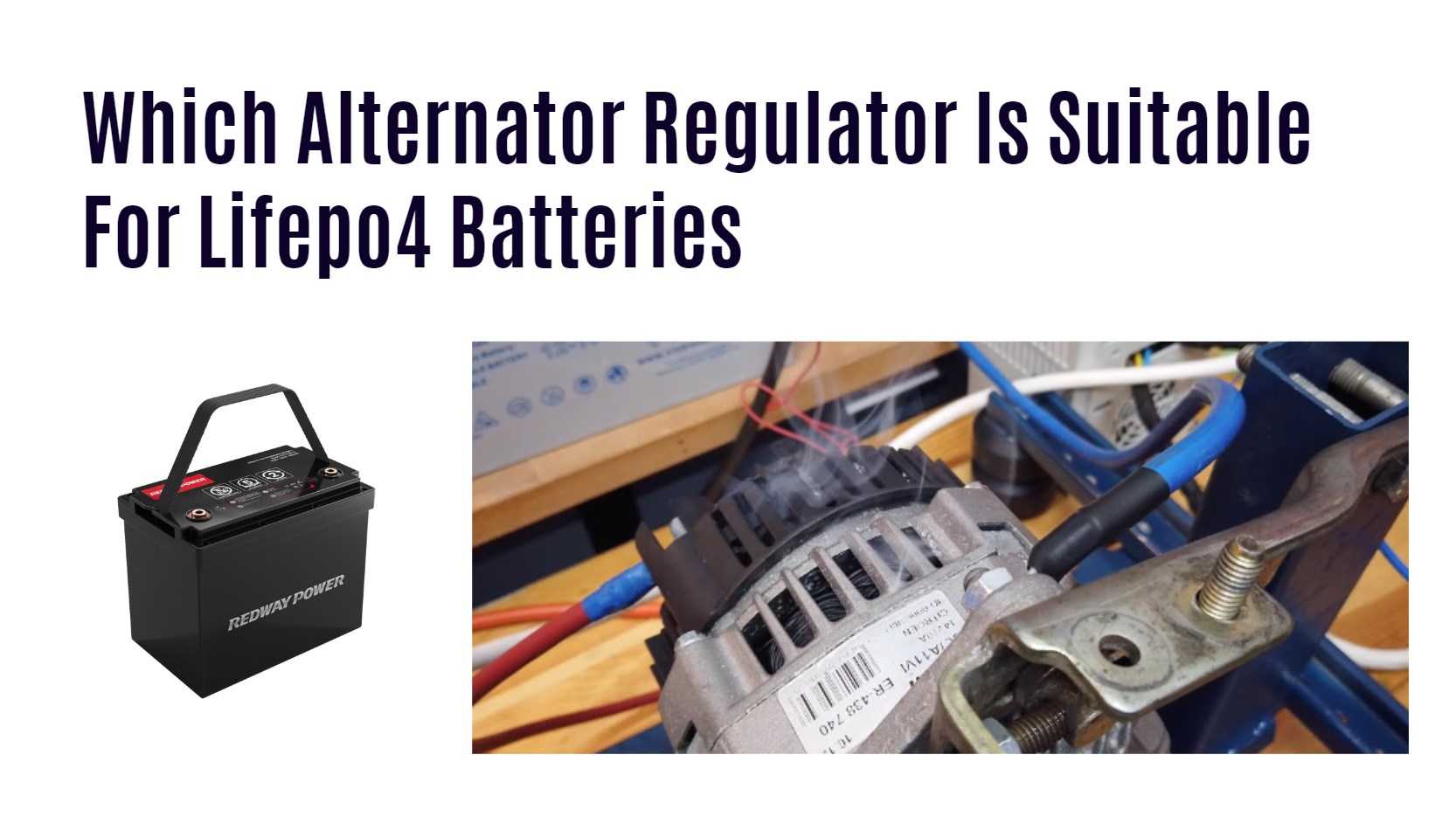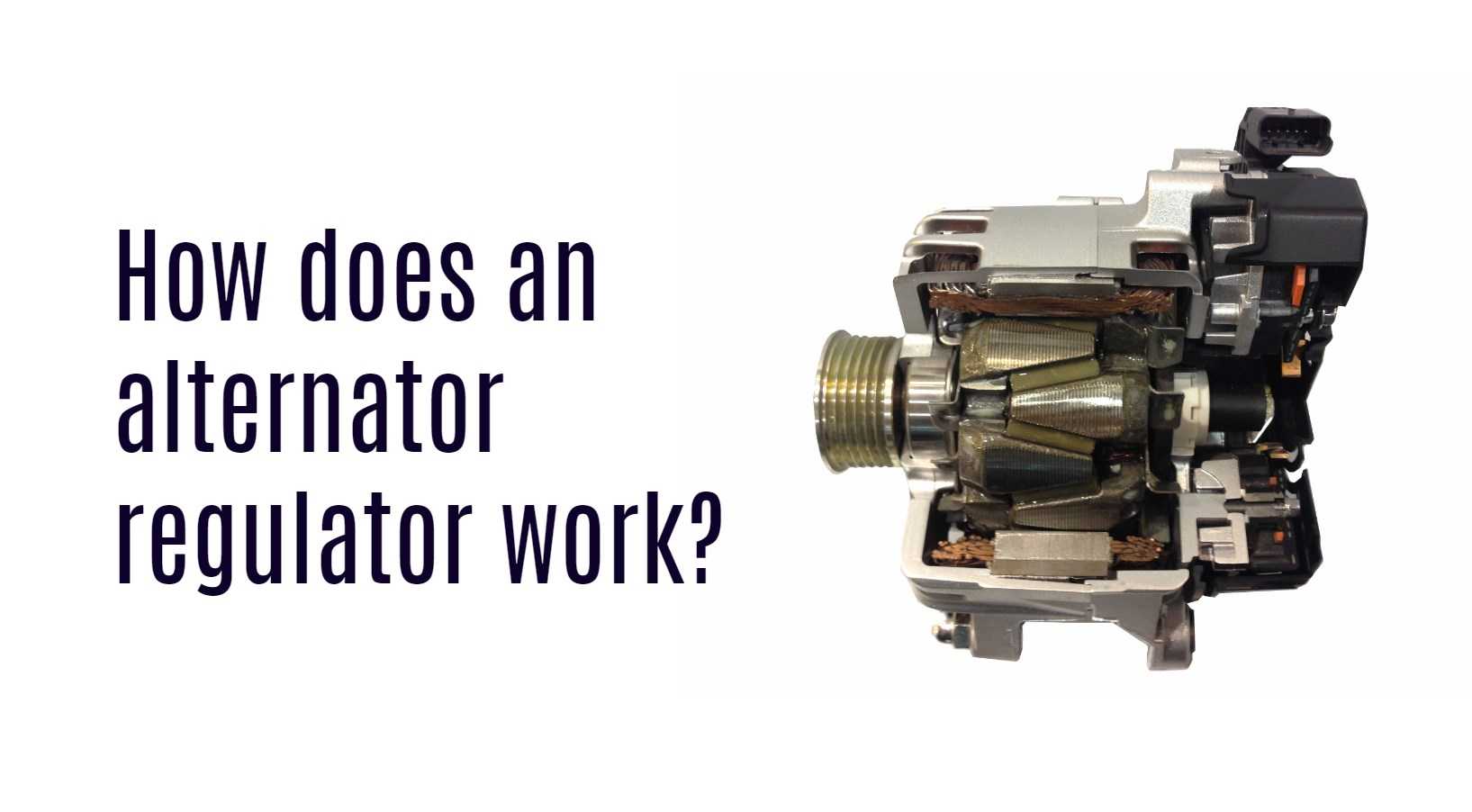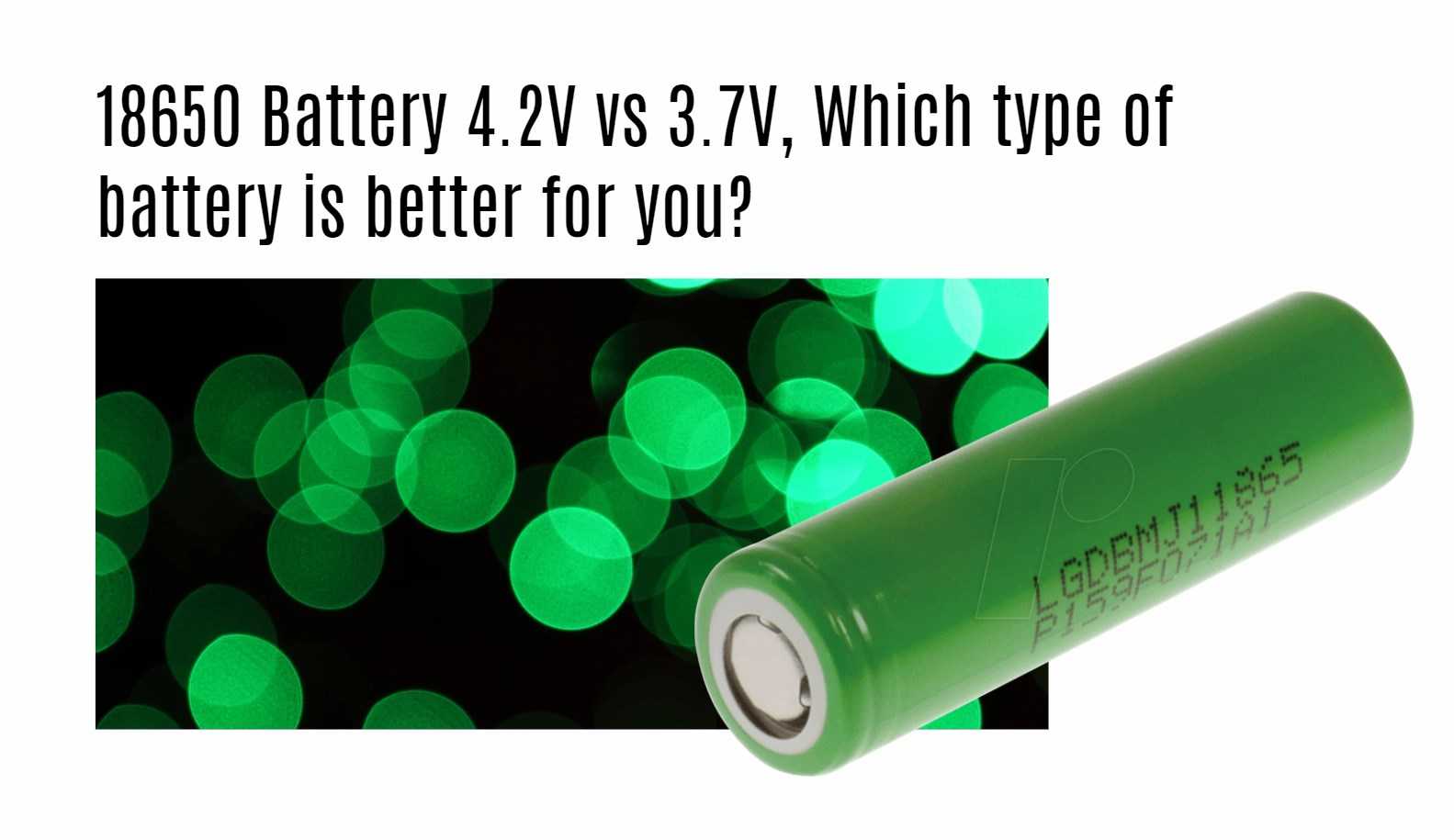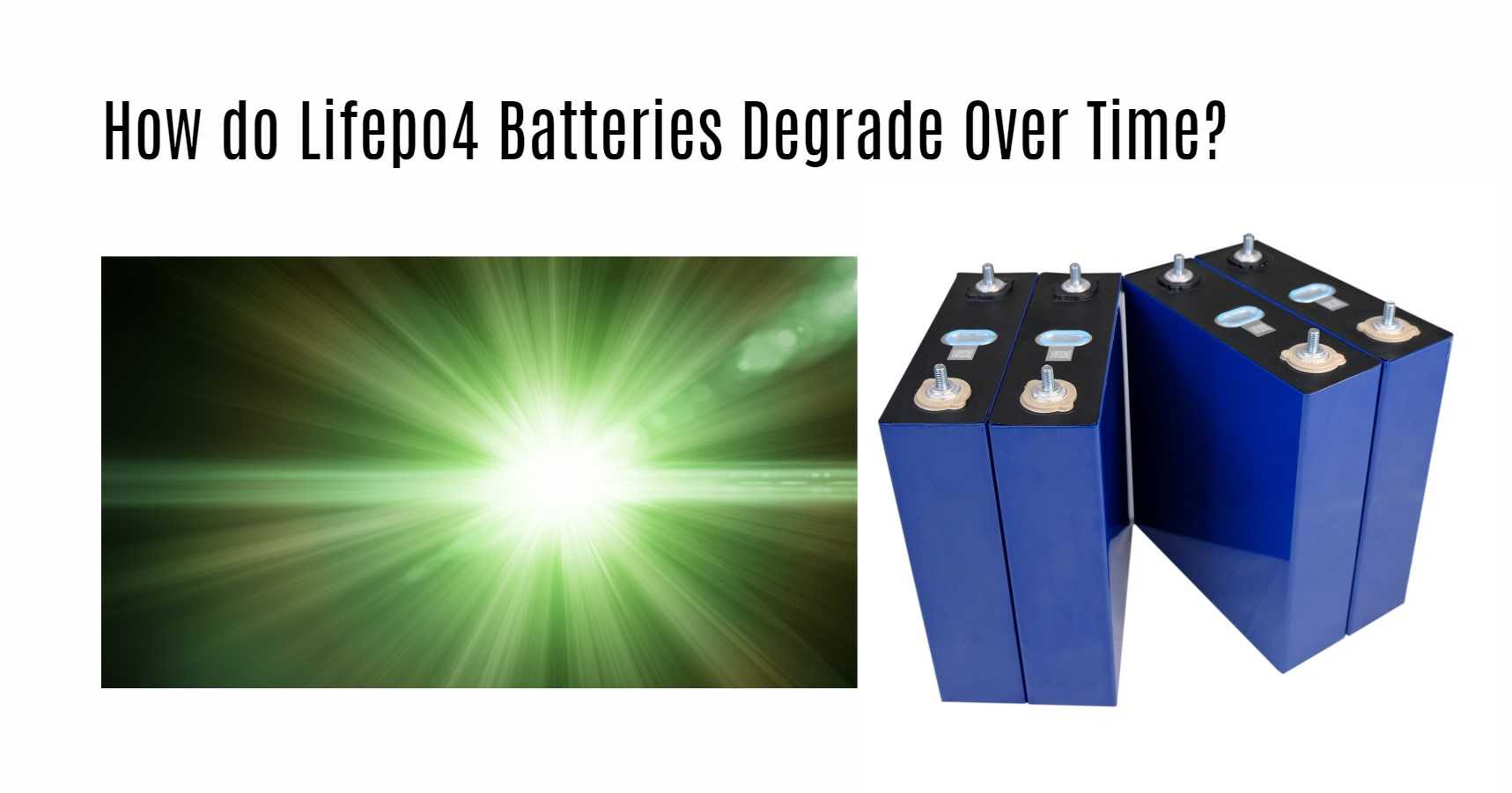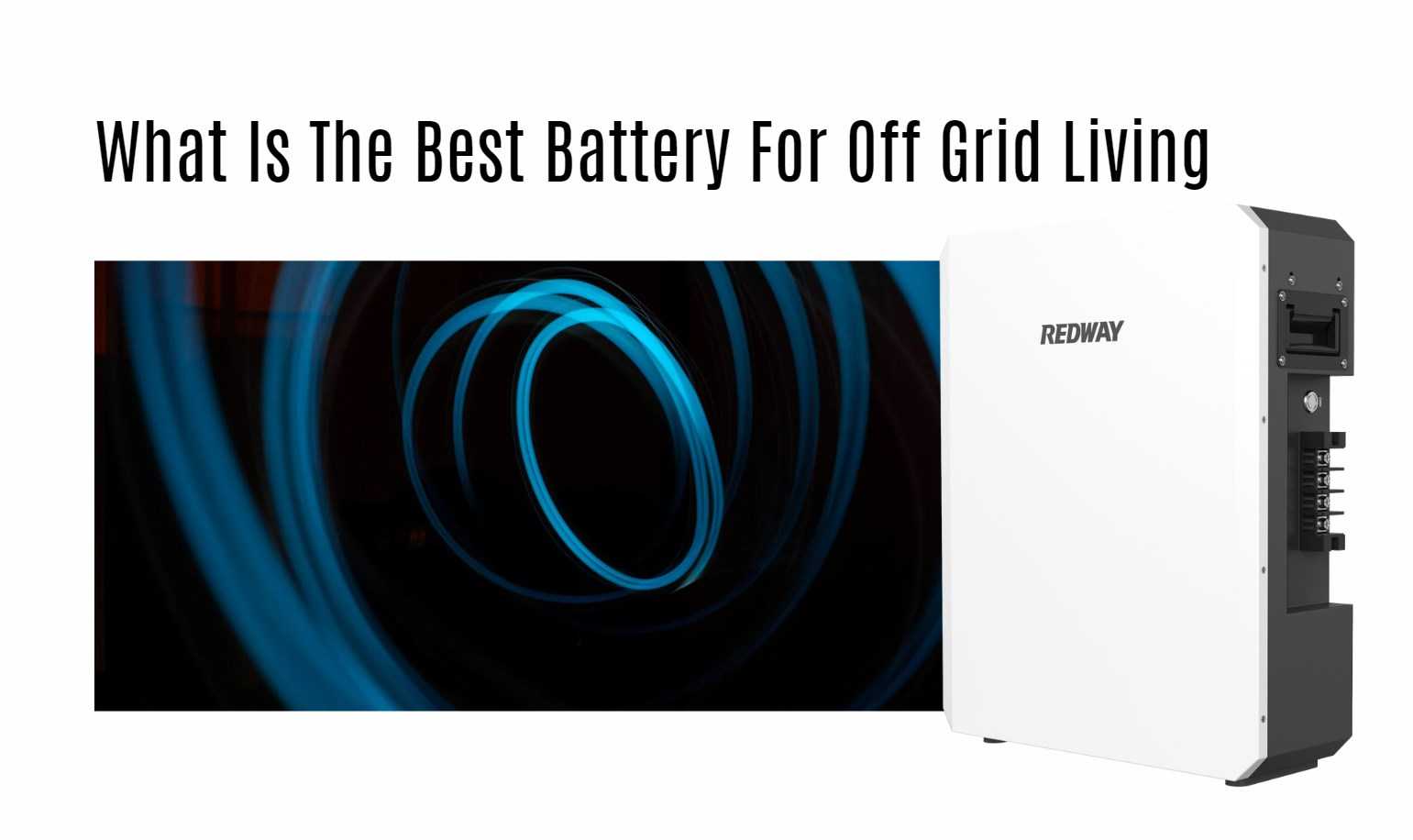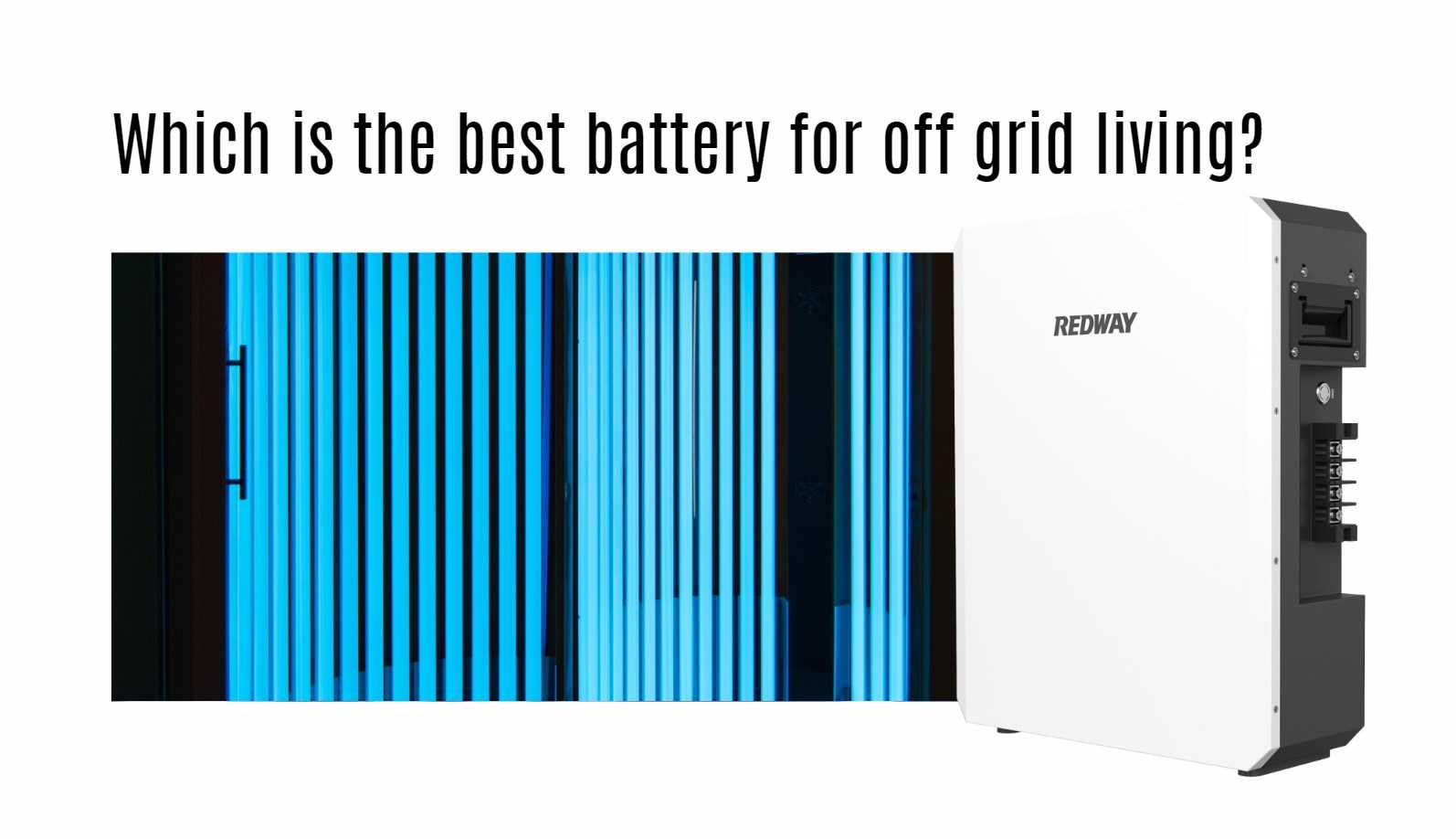Comparing Lifepo4 Battery One Stop Solution Providers Who Offers The Best Value
In the quest for reliable and efficient energy storage, lithium iron phosphate (LiFePO4) batteries have emerged as a leading choice for a myriad of applications. From powering off-grid solar systems to propelling electric vehicles, these batteries offer a compelling blend of performance, safety, and longevity. This comprehensive guide delves into the intricacies of LiFePO4 batteries, providing you with the insights needed to make an informed decision for your specific energy needs.
Why Choose LiFePO4 Batteries?
LiFePO4 batteries stand out for their exceptional cycle life, high-rate discharge capability, and inherent safety features. They are lighter and more environmentally friendly compared to traditional lead-acid batteries, making them an eco-conscious choice for the modern consumer.
Key Considerations for Selecting the Ideal LiFePO4 Battery
When navigating the vast landscape of LiFePO4 batteries, several critical factors come into play to ensure you select the perfect match for your requirements.
Capacity and Voltage: The Foundation of Battery Performance
- Capacity: Measured in Ampere-hours (Ah), it dictates the amount of energy the battery can store. A higher Ah rating means longer runtimes.
- Voltage: Ensure compatibility with your system. For instance, a 24V system requires 24V batteries, not 12V.
Cycle Life: The Durability Quotient
Cycle life refers to the number of charge-discharge cycles a battery can undergo before its performance degrades. Opt for batteries with a cycle life exceeding 2000 cycles for long-term investments.
Power Output and Charging Efficiency: Speed and Economy
- Power Output: Relates to the battery’s ability to deliver energy. Consider the depth of discharge (DoD) when evaluating power output.
- Charging Efficiency: A higher ratio indicates less energy loss during charging, leading to faster top-ups and reduced energy costs.
Physical Attributes: Size, Weight, and Portability
The physical dimensions and weight of a battery are crucial, especially for mobile applications like marine or recreational vehicles, where space and weight constraints are significant.
Safety and Warranty: Peace of Mind and Value
- Safety Features: Look for batteries with built-in protections against overcharging, short circuits, and thermal runaway.
- Warranty: A robust warranty reflects the manufacturer’s confidence in the product’s quality and longevity.
Price and Brand Reputation: Value for Money and Trust
While price is a consideration, prioritize cost-effectiveness and brand reputation to ensure reliability and quality after-sales support.
Top-Rated 12V 100Ah LiFePO4 Batteries: A Closer Look
We’ve scrutinized the market and present to you the crème de la crème of 12V 100Ah LiFePO4 batteries, each a powerhouse in its own right.
Eco Tree Lithium: The Pinnacle of Quality and Connectivity
With a 6-year warranty and Bluetooth connectivity, Eco Tree Lithium batteries offer seamless integration with smart devices, allowing remote monitoring and control.
Battle Born: A Formidable Contender
Boasting a 10-year warranty, these batteries are designed for those seeking high-quality lithium batteries with robust charging efficiency.
Renogy Battery: The Budget-Friendly Performer
A cost-effective option that doesn’t skimp on features like Bluetooth connectivity and internal cell balancing, Renogy’s battery is an excellent choice for those on a budget.
Li Time and AIMS Power: Value Meets Performance
Both offering built-in BMS for enhanced safety and performance, Li Time and AIMS Power provide reliable energy storage solutions at competitive prices.
Lion Safari UT and Power Queen: Versatility and Portability
With high energy densities and portable designs, these batteries are perfect for a wide range of applications, from solar power to outdoor adventures.
Application-Specific Recommendations: Tailored to Your Needs
Whether you’re outfitting a trolling motor, a motorhome, or a data center, the right LiFePO4 battery can make all the difference. Here’s our expert advice for specific applications:
- Trolling Motors: Eco Tree Lithium for its automatic BMS and rugged construction.
- Motorhomes: Eco Tree Lithium’s high-capacity options for leisure vehicles.
- Camping: A quality deep cycle battery like Eco Tree Lithium for outdoor adventures.
- Solar Panels: High-performing batteries like Eco Tree Lithium for reliable solar energy storage.
- Marine Applications: Eco Tree Lithium designed to withstand the marine environment.
- Golf Carts and Recreational Vehicles: Eco Tree Lithium for its power and safety features.
- Electric Vehicles: Eco Tree Lithium with Bluetooth connectivity for EVs.
- Medical Equipment: Long-lasting Eco Tree Lithium for critical equipment.
- Data Centers: Eco Tree Lithium’s 48V options for large-scale energy demands.
Conclusion: Investing in Excellence
Choosing the right LiFePO4 battery is an investment in performance, safety, and longevity. By considering the factors outlined in this guide and selecting from our top picks, you’re on the path to optimizing your energy storage solution.



